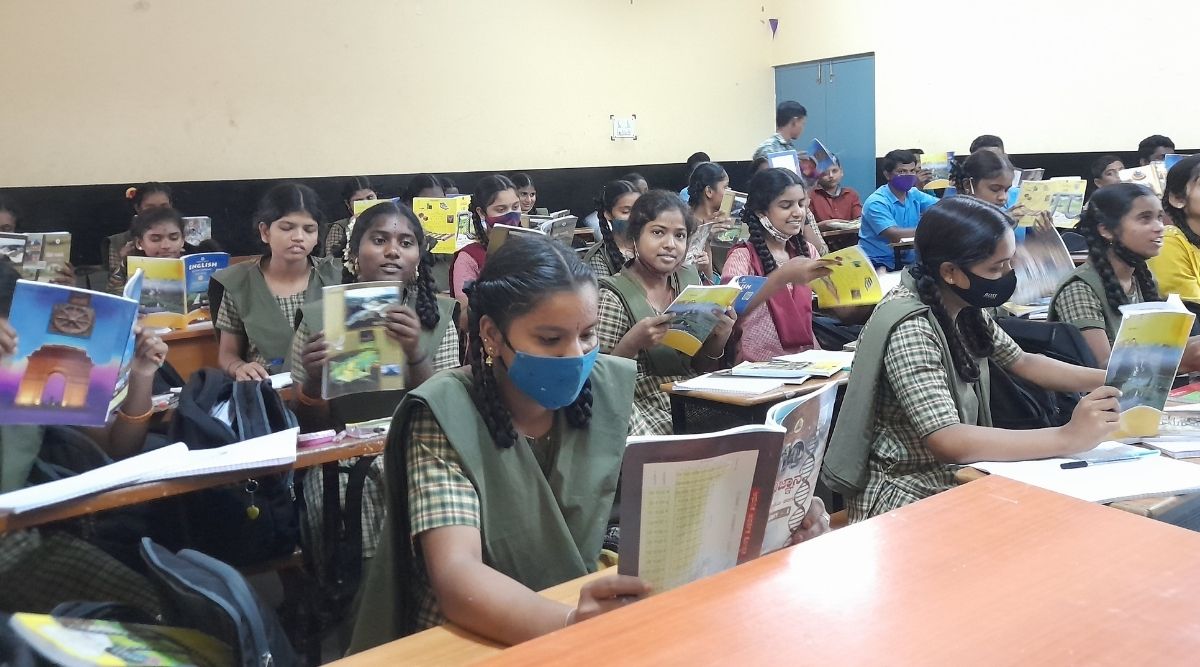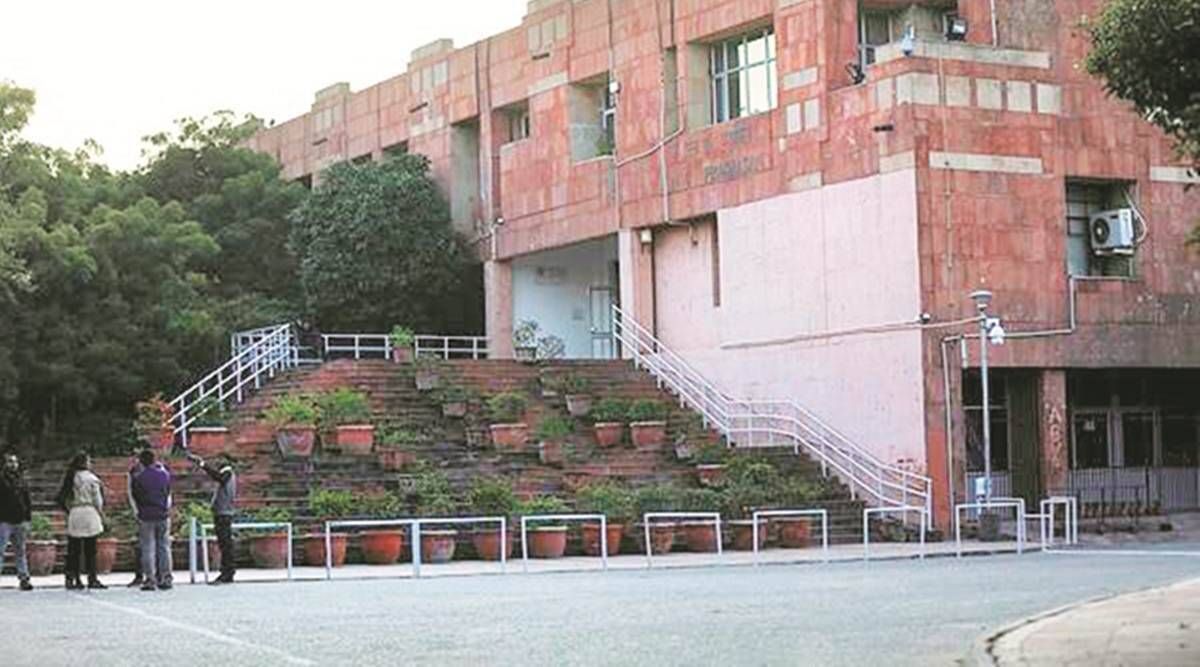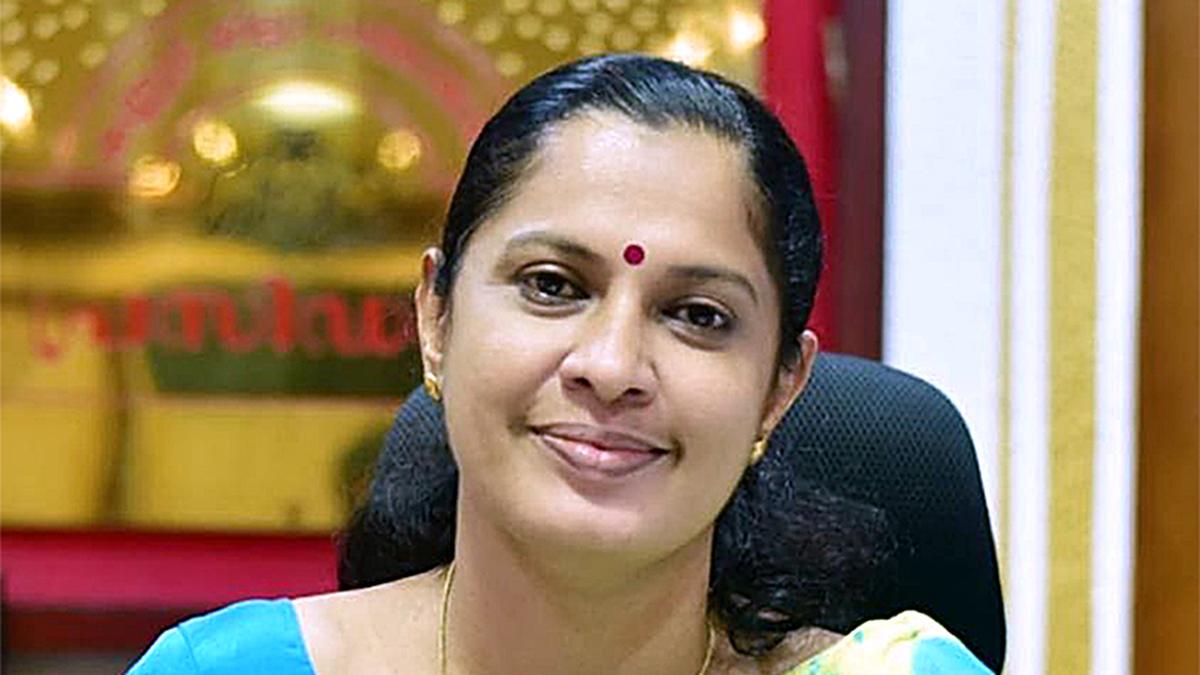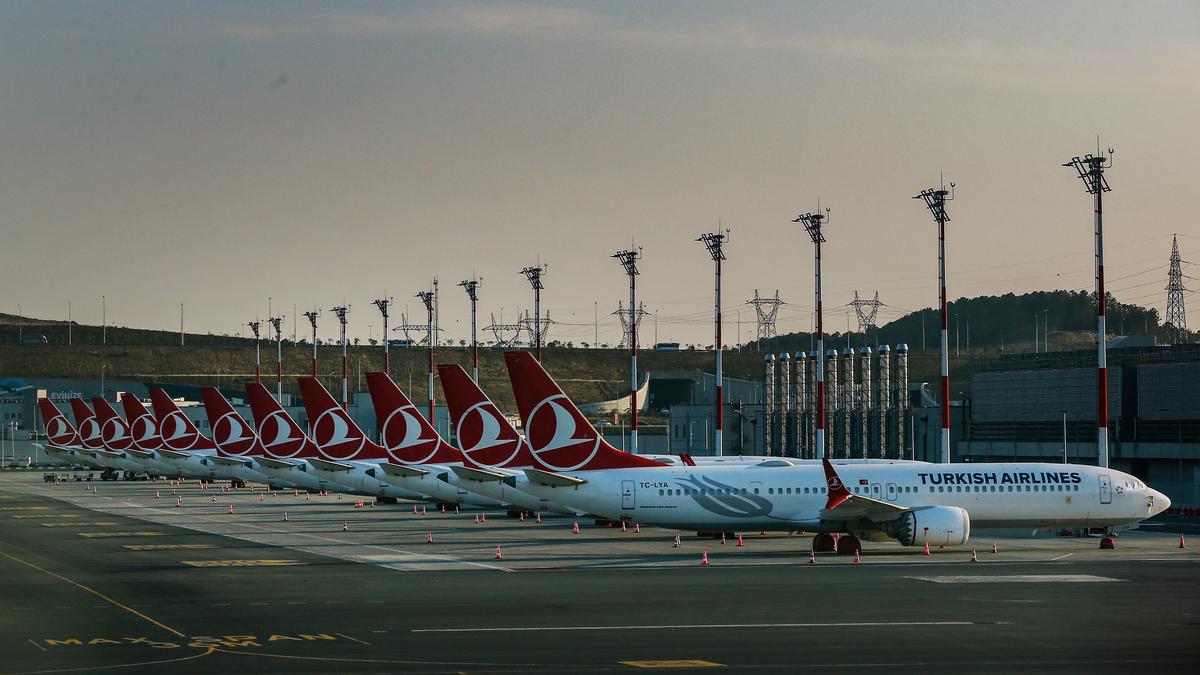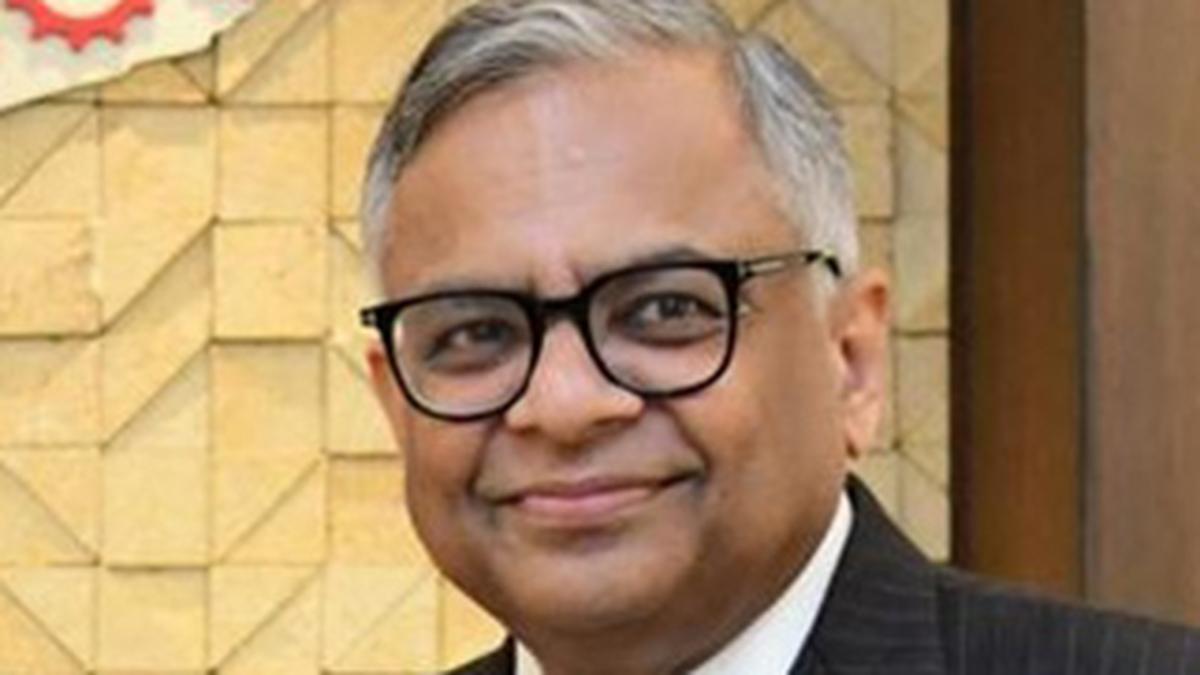With the pandemic causing a major disruption in the learning process of the students, the onus is now on the teachers to bridge the gap caused due to the lockdown. But surprisingly, the high school (Class VIII-X) students of Karnataka are now learning the alphabet from scratch.
Thanks to online classes, students of government schools were deprived of the basic arithmetic and alphabetical skills and thus, the department of school education and literacy has also announced the Kalika Chetarike or the learning recovery programme to bridge the learning gap among the students.
But teachers are observing that even to practice the worksheets of the programme, the students will need to learn basic alphabets and be taught how to make sentences.
The learning recovery programme was inaugurated by Chief Minister Basavaraj Bommai on May 16 in Tumkur with an aim to revisit and revise the concepts that were to be taught in the last two years but were missed due to the pandemic. For example, a Class VIII student will be made to learn the concepts of Classes VI and VII in the current academic year.
Shoba, headmaster of Sarakki Government High School in Bengaluru, said, “We are literally starting from A, B, C (in Kannada) for eight and ninth class students to learn and understand the course of the recovery programme. As far as mathematics is concerned, we have just finished revision of single-digit addition. The students have really faced huge setbacks in terms of aptitude and the teachers are finding it very difficult to bring them back on track. A lot of ninth standard students who joined this year have not attended Classes VII and VIII. In our school, almost 30 per cent of Class IX students fall in this category.”
In Dakshina Kannada, which is reeling under severe floods and landslides, schools and colleges have been shut for at least six days now. A mathematics teacher from the Government High School in Kalavara in Udupi district said, “At least 40 per cent of high school students are finding it difficult to adapt to the learning recovery programme. We are not able to teach them all the concepts in the standard 40-minute classes, hence we are conducting special classes during early mornings and late evenings. Around 10 students who are deprived of the basics of English, mathematics and science have been selected for this special class. With rains continuing to lash Dakshina Kannada, we have lost six more days, which is a further setback to the students’ learning curve.”
Sampath Kumar, headmaster of Vidyavikasa English Medium High School in Chitradurga district, said, “We were supposed to have finished one leg of the learning recovery programme but we are lagging behind. Moreover, we have to start teaching them the present curriculum. There is absolutely no time for teachers to start working on the current curriculum. The teachers are asking for a minimum of two classes to teach them the basics of every concept. Students have still not come out of the pandemic hangover and we also learnt from the parents that their children are not studying at home and spend time on mobile phones.”
Earlier, the state’s education system had hit another low when it was found out that over 10 lakh students have moved out of the education system. In a report submitted to Karnataka High Court following a suo moto public interest litigation initiated in 2013 to bring children back to the education system, it was found that a whopping 10,12,800 children are out of schools and anganwadis in the state.
The data was collected during a first-of-its kind door-to-door survey conducted across the state. Of these children, 4,54,238 are in the 0-3 age group, while 5,33,205 were 4-6-year-old. In the age group of 6 to 14, 15,338 children were found to be out of school and 10,018 of them never enrolled in schools. In urban areas, excluding those under BBMP, of the 13,73,921 children in the age group of 0-18, as many as 87,294 (0-3 years) and 1,23,329 children (4-6 years) did not get enrolled to anganwadis. Whereas, in the rural areas, of the total population of 35,24,260 children, 93,008 in the 0-3-year age group and 1,07,789 children aged four to six years did not enroll to anganwadis.
Retired joint director of school education Thirumala Rao believes that the learning recovery programme is not helping much also because of a shortage of teachers. “The programme can be a success only when there is active cooperation from teachers. Adequate teachers are not available at many high schools in Karnataka. Many teachers are also deployed in other non-teaching activities like bringing textbooks, training purposes, management of midday meals etc. If this is the case, how do you expect the learning gap to be bridged? The state government has got its priorities wrong by unnecessarily revising textbooks, changing the department’s name and merging schools,” said Rao, who is also a member of the Karnataka School Quality Accreditation and Assessment Council.
!function(f,b,e,v,n,t,s)
{if(f.fbq)return;n=f.fbq=function(){n.callMethod?
n.callMethod.apply(n,arguments):n.queue.push(arguments)};
if(!f._fbq)f._fbq=n;n.push=n;n.loaded=!0;n.version=’2.0′;
n.queue=[];t=b.createElement(e);t.async=!0;
t.src=v;s=b.getElementsByTagName(e)[0];
s.parentNode.insertBefore(t,s)}(window, document,’script’,
‘https://connect.facebook.net/en_US/fbevents.js’);
fbq(‘init’, ‘444470064056909’);
fbq(‘track’, ‘PageView’);


